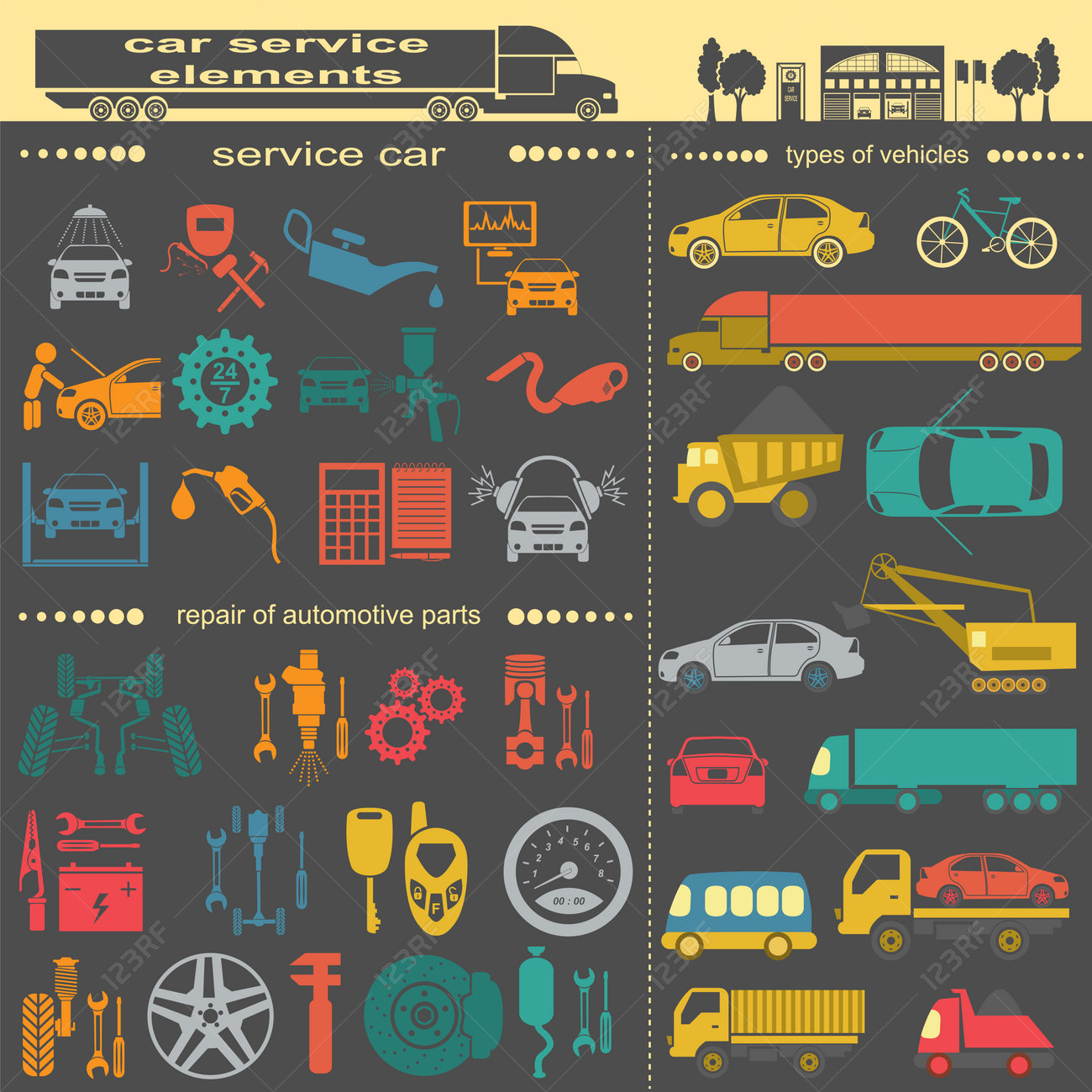Seeking Clearness On The Caution Lights Presented On Your Auto'S Dashboard? Find Out Just How They Relate To Your Vehicle'S Health And Safety
Seeking Clearness On The Caution Lights Presented On Your Auto'S Dashboard? Find Out Just How They Relate To Your Vehicle'S Health And Safety
Blog Article
Composed By-Vinson Stark
When you lag the wheel, those beautiful caution lights on your dashboard can be a little bit perplexing. Do you recognize what they're attempting to inform you regarding your automobile's health and wellness? Comprehending the importance of these lights is crucial for your safety and security and the longevity of your automobile. So, the following time one of those lights appears, wouldn't you want to decode its message accurately and take the required actions to address it?
Common Caution Lights and Interpretations
Identify typical caution lights in your vehicle and understand their significances to guarantee safe driving.
The most common caution lights consist of the check engine light, which signals issues with the engine or discharges system. If this light begins, it's crucial to have your vehicle checked quickly.
The oil pressure advising light suggests reduced oil pressure, calling for instant focus to avoid engine damage.
A flashing battery light could recommend a defective charging system, possibly leaving you stranded otherwise attended to.
The tire pressure monitoring system (TPMS) light alerts you to reduced tire pressure, impacting car stability and fuel performance. Overlooking this could lead to harmful driving conditions.
The abdominal light suggests an issue with the anti-lock braking system, compromising your capacity to quit promptly in emergencies.
Last but not least, the coolant temperature level alerting light warns of engine overheating, which can cause severe damage if not fixed quickly.
Understanding these typical warning lights will aid you resolve concerns quickly and keep risk-free driving conditions.
Relevance of Prompt Focus
Recognizing the typical warning lights in your cars and truck is just the first step; the value of immediately attending to these cautions can not be highlighted enough to guarantee your safety and security when driving.
When a caution light brightens on your dashboard, it's your vehicle's means of interacting a prospective problem that needs focus. Overlooking these cautions can cause a lot more extreme issues later on, jeopardizing your security and possibly costing you extra out of commission.
https://troypjdys.bligblogging.com/30762012/observe-the-considerable-fads-that-are-transforming-the-landscape-of-auto-repair-service-particularly-the-developments-in-electrical-cars-and-the-application-of-expert-system to alerting lights can avoid failures and mishaps. For https://tysonwrlfz.tusblogos.com/30234630/improve-your-abilities-in-selecting-the-excellent-auto-repair-shop-by-following-these-ten-crucial-tips , a blinking check engine light can show a misfire that, if left unattended, can cause damages to the catalytic converter. Addressing this without delay can conserve you from a pricey fixing.
In https://www.wboy.com/automotive/spend-less-at-the-pump-with-these-fuel-saving-tips/ , a brake system advising light might indicate low brake fluid or used brake pads, essential parts for your safety when driving.
Do It Yourself Troubleshooting Tips
If you notice a warning light on your control panel, there are a couple of do it yourself repairing pointers you can attempt prior to seeking specialist help.
The very first step is to consult your cars and truck's manual to understand what the details warning light shows. Occasionally the concern can be as basic as a loosened gas cap setting off the check engine light. Tightening up the gas cap may fix the trouble.
An additional common problem is a low battery, which can set off numerous cautioning lights. Examining the battery connections for deterioration and guaranteeing they're secure may take care of the trouble.
If a caution light persists, you can attempt resetting it by disconnecting the vehicle's battery for a couple of mins and afterwards reconnecting it. In addition, inspecting your lorry's liquid degrees, such as oil, coolant, and brake fluid, can aid fix advising lights associated with these systems.
Verdict
Finally, recognizing your auto's warning lights is necessary for keeping your vehicle running efficiently and securely. By promptly addressing these notifies and recognizing what they imply, you can stay clear of costly fixings and prospective breakdowns.
Bear in mind to consult your automobile's manual for particular information on each alerting light and act as necessary to ensure a hassle-free driving experience.
Stay informed, remain risk-free on the road!
